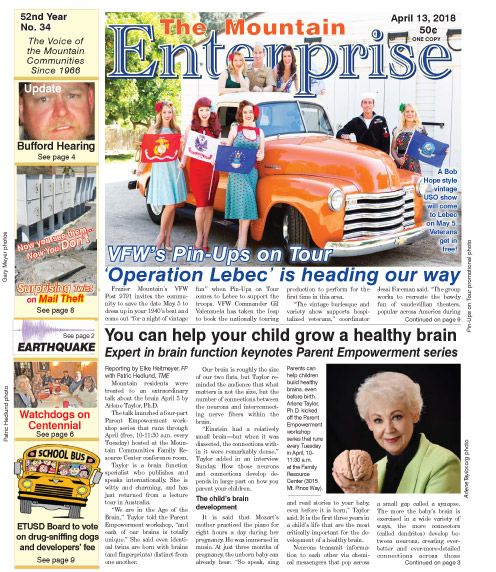Hearing Changed to June 6; Comments Due by May 23
By Patric Hedlund, TME
Part Three: Health Risks
UPDATE: Plans for Tejon Ranch’s Centennial Project go before the Los Angeles County Planning Commission for a land-use hearing have been changed to June 6 at 9 a.m. in downtown Los Angeles. Advance comments can be submitted up to May 23.
A proposed 19,333 homes (55,000 to 70,000 more neighbors for the Mountain Communities) and up to 10 million square feet of business / commercial development would stretch from Interstate-5 along SR-138 to cover over 19 square miles, from Gorman to Neenach.
Building this new city is projected to be done in phases, over 20 years of construction.
One section of the comments submitted by the TriCounty Watchdogs, an environmental watchdog group that spans Kern, Los Angeles and Ventura Counties, focused on valley fever. Here are some excerpts.
Valley Fever Comments:
Los Angeles County Department of Public Health reported on July 21, 2017 that valley fever is on the rise in the county and in the Antelope Valley in particular. It warns that “people who live in the Antelope Valley are almost nine times more likely to be diagnosed with valley fever compared with persons who live elsewhere in the county.”
It boggles the mind that Tejon RanchCorp is asking approval to bring more than 55,000 people into this area, to endure multiple years of ground upheaval.
The Watchdogs reject mitigations proposed in the DEIR.
The group said that “watering exposed surfaces and haulroads three times daily; replacing ground cover in disturbed areas quickly; covering stock piles with tarps; and limiting speeds on unpaved roads to 15 miles per hour” are inadequate mitigations.
They said that those mitigations plus informing residents of potential risk for valley fever spore exposure during construction or other earth-moving activities is inadequate, because watering increases the number of spores in the following season and spores can travel much farther than the DEIR assumes. For example, in 1977, a dust storm in Bakersfield carried dust and spores all the way to Sacramento, resulting in 100 cases of valley fever, including six deaths. The The Watchdogs suggest tenting construction areas, as done in agricultural areas along Highway 99; extending notification of danger to Gorman, Lebec and Frazier Park; mandating soil testing of all properties for spores and notifying prospective buyers; posting signs “Close windows: Valley Fever Area” on all roads in the project area; and creating an endowment to cover medical costs of those caught in the surge of new cases. The county should also prepare for lawsuits and factor in that cost as they weigh the costs and benefits of this project, they said.
Workers should be provided respirators, and because there is evidence that spores can travel on vehicles, clothing and shoes, workers should be provided shower facilities or required to wear hazmat suits, TCW said.
The final Environmental Impact Report is at the Frazier Park Library. Find a hotlink at www.MountainEnterprise.com). Email comments to jsackett@planning.lacounty.gov.
This is part of the April 13, 2018 online edition of The Mountain Enterprise.
Have an opinion on this matter? We'd like to hear from you.


